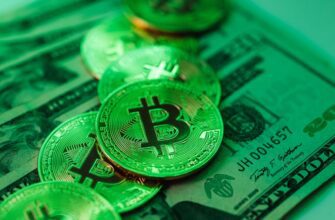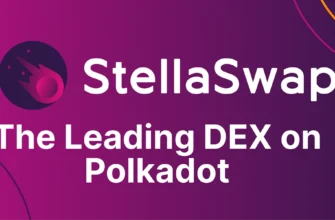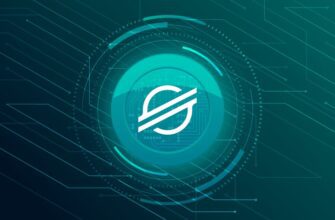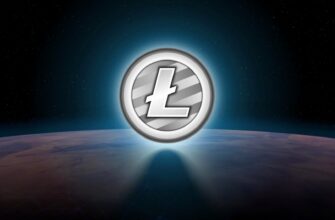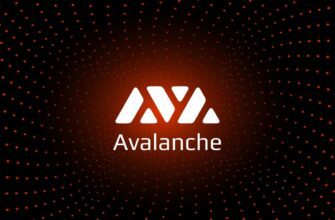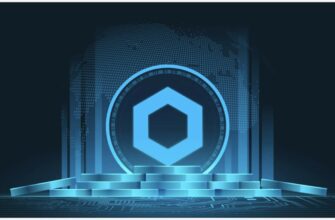In the rapidly evolving world of cryptocurrency, stablecoins play a crucial role in bridging traditional finance with blockchain-based assets. One of the most popular and widely adopted stablecoins today is USDC, or USD Coin. But what exactly is USDC, and why is it important? This article will provide an in-depth look at USDC, its advantages and disadvantages, and why it matters in the world of digital finance.
- What Is USDC?
- How Does USDC Work?
- Advantages of USDC
- 1. Stability
- 2. Transparency and Regulation
- 3. Multi-Chain Support
- 4. Fast and Low-Cost Transactions
- 5. DeFi and Web3 Integration
- 6. Fiat Gateway and Bank Integrations
- Disadvantages of USDC
- 1. Centralization
- 2. KYC Requirements
- 3. Dependence on US Regulation
- 4. Not Fully Decentralized
- USDC vs. Other Stablecoins
- Use Cases of USDC
- How to Buy and Store USDC
- Where to Buy:
- Wallets Supporting USDC:
- Final Thoughts: Is USDC Safe and Worth Using?
- Frequently Asked Questions (FAQs)
What Is USDC?
USD Coin (USDC) is a stablecoin that is pegged to the US dollar on a 1:1 basis. This means that for every USDC in circulation, there is one US dollar held in reserve, either in cash or short-term US government bonds.
Launched in 2018 by Centre, a consortium founded by Circle and Coinbase, USDC aims to provide a trustworthy and transparent way to hold and transfer US dollars on the blockchain.
Ticker Symbol: USDC
Peg: 1 USDC = 1 USD
Blockchain Platforms: Ethereum (ERC-20), Solana, Avalanche, Algorand, Tron, and others
How Does USDC Work?
USDC is built on blockchain technology, primarily as an ERC-20 token on Ethereum, although it’s now available on multiple chains. The backing reserves are held by regulated financial institutions, and regular attestations (not audits) are published to ensure transparency.
When a user buys USDC with dollars:
- The fiat is deposited with a regulated financial partner.
- An equivalent amount of USDC is minted and sent to the user.
- When redeemed, USDC is burned, and the corresponding USD is returned to the user.
Advantages of USDC
1. Stability
As a stablecoin, USDC avoids the volatility common in cryptocurrencies like Bitcoin or Ethereum. Its value remains consistently close to $1 USD.
2. Transparency and Regulation
Circle publishes monthly reserve attestations, ensuring transparency. The stablecoin is also issued by a regulated financial entity in the U.S., which adds credibility.
3. Multi-Chain Support
USDC is available on several blockchains including Ethereum, Solana, Avalanche, Tron, and more, offering flexibility for developers and users.
4. Fast and Low-Cost Transactions
Using USDC on scalable blockchains like Solana or Avalanche can offer near-instant and low-fee transfers, ideal for payments and remittances.
5. DeFi and Web3 Integration
USDC is widely used in Decentralized Finance (DeFi) applications, lending protocols, yield farming, and NFT marketplaces. It’s also supported in many crypto wallets and exchanges.
6. Fiat Gateway and Bank Integrations
Being backed by major institutions like Coinbase allows easy on- and off-ramping with traditional fiat currencies, making USDC user-friendly.
Disadvantages of USDC
1. Centralization
USDC is managed by a centralized organization. This means accounts can be frozen, and transactions can be blacklisted if required by law enforcement or regulatory bodies.
2. KYC Requirements
To convert USDC back into fiat, users typically must go through Know Your Customer (KYC) processes, limiting anonymity.
3. Dependence on US Regulation
As a U.S.-based asset, USDC is subject to American regulations. Any changes in U.S. crypto policy or enforcement could impact its availability or usage.
4. Not Fully Decentralized
Although it’s on decentralized blockchains, the issuance and redemption of USDC are controlled by a central authority, making it unlike decentralized cryptocurrencies like Bitcoin.
USDC vs. Other Stablecoins
| Feature | USDC | USDT (Tether) | DAI |
|---|---|---|---|
| Backing | Fiat (1:1) | Fiat (1:1, claims) | Crypto-collateral |
| Transparency | Monthly attestations | Limited | Fully transparent |
| Centralized | Yes | Yes | No (DAO governed) |
| Regulatory Compliance | High | Mixed record | Medium |
USDC stands out for its transparency and trust, especially compared to Tether (USDT), which has faced criticism over reserve audits.
Use Cases of USDC
- Cross-border payments with lower fees
- Savings and yield through DeFi platforms
- Stable trading pair on exchanges
- NFT purchases
- Payroll in crypto
- Web3 app payments
How to Buy and Store USDC
Where to Buy:
- Centralized Exchanges: Coinbase, Binance, Kraken, Crypto.com
- Decentralized Exchanges (DEX): Uniswap, Curve, PancakeSwap (on BSC)
Wallets Supporting USDC:
- Hardware Wallets: Ledger, Trezor
- Software Wallets: MetaMask, Trust Wallet, Phantom (for Solana), Coinbase Wallet
Always ensure you’re using a trusted wallet and double-check the contract address when dealing with USDC on different blockchains.
Final Thoughts: Is USDC Safe and Worth Using?
USDC is one of the most trusted and regulated stablecoins in the crypto ecosystem. Its backing by real-world assets and major U.S. institutions makes it a reliable option for individuals and businesses looking for digital dollar solutions.
However, its centralized nature may not appeal to crypto purists who prefer decentralized systems. Still, for most users, USDC offers a practical, secure, and efficient way to interact with the digital economy.
Frequently Asked Questions (FAQs)
Is USDC always worth $1?
USDC is designed to maintain a 1:1 peg to the US dollar, though minor price fluctuations can occur on exchanges.
Can I earn interest on USDC?
Yes, many platforms offer yields for holding or lending USDC through DeFi protocols or centralized platforms.
Is USDC safer than USDT?
Generally, USDC is seen as more transparent and compliant with regulators than Tether (USDT).
Can USDC be frozen?
Yes, in extreme cases, Centre has the ability to freeze USDC in compliance with legal requirements.
Also read the article about the best USDC Mixer and USDC QR Code Generator.

